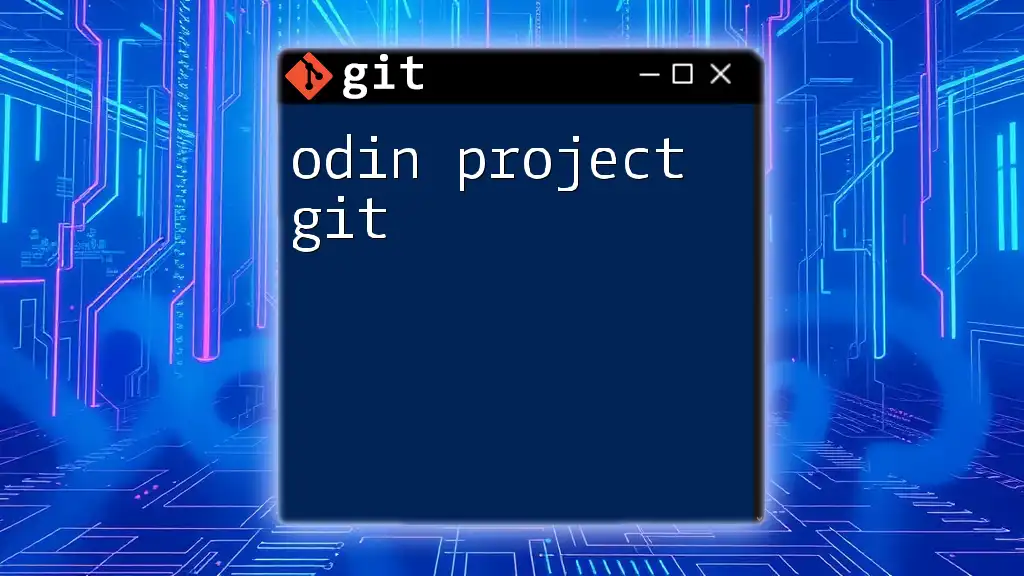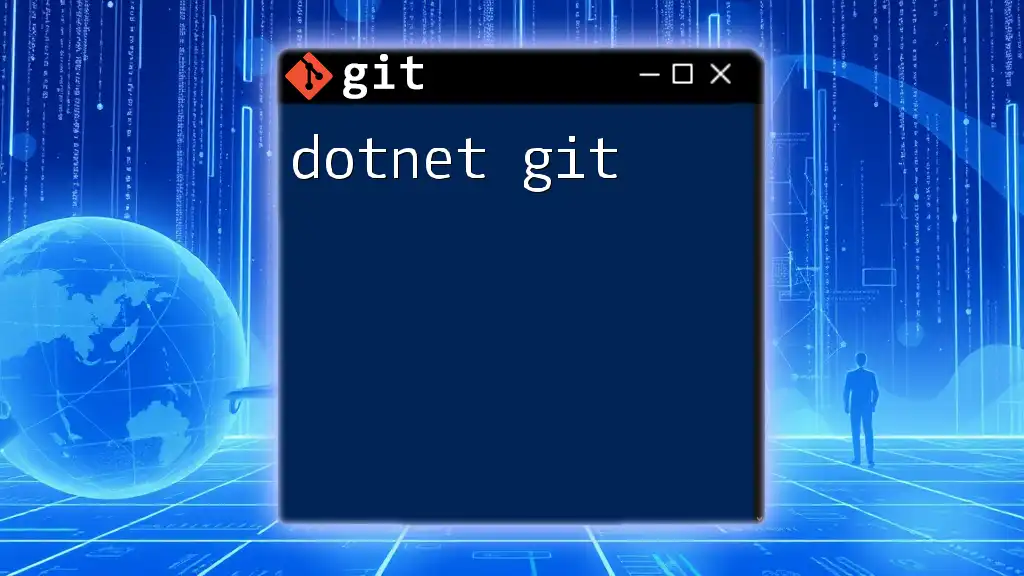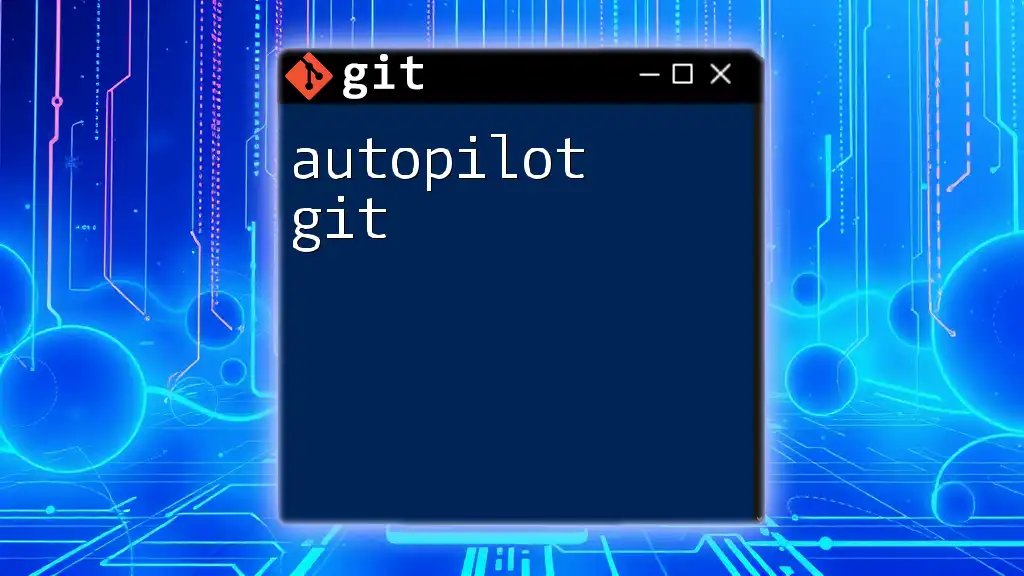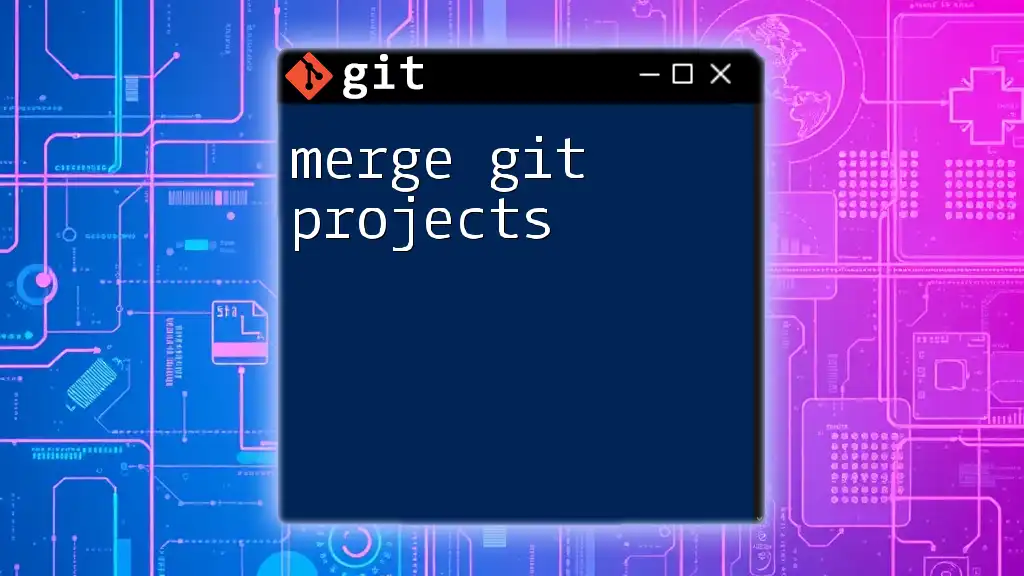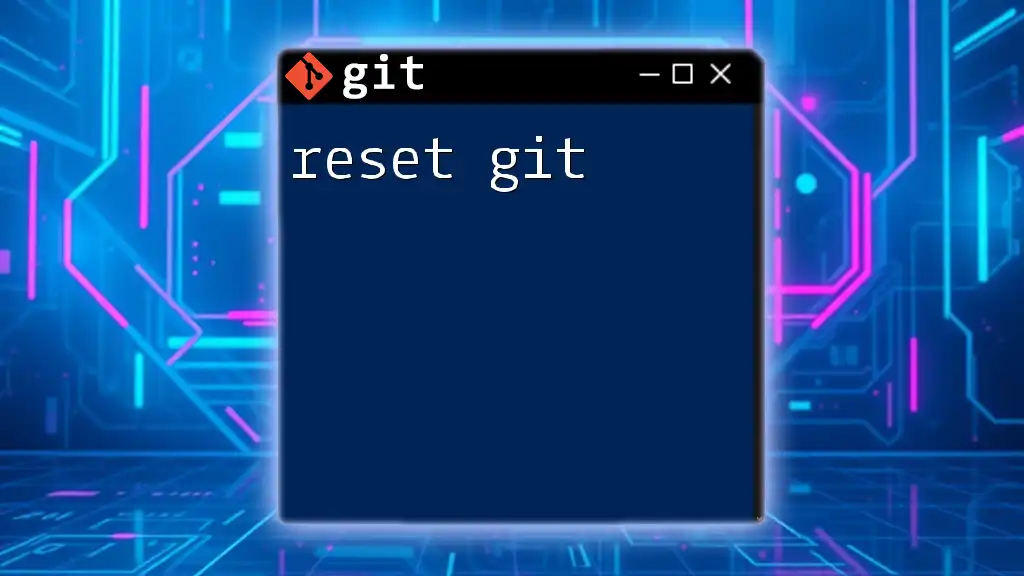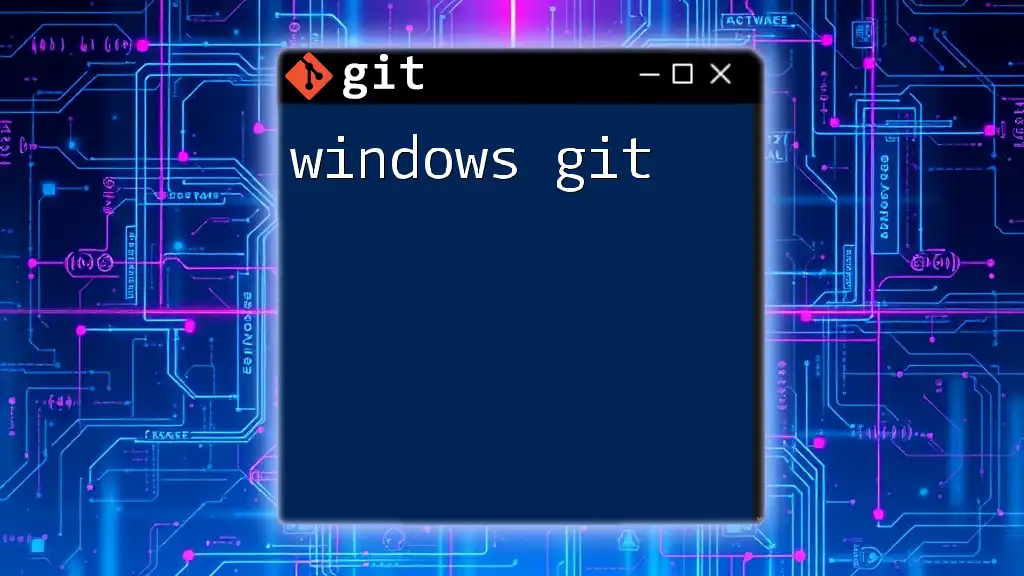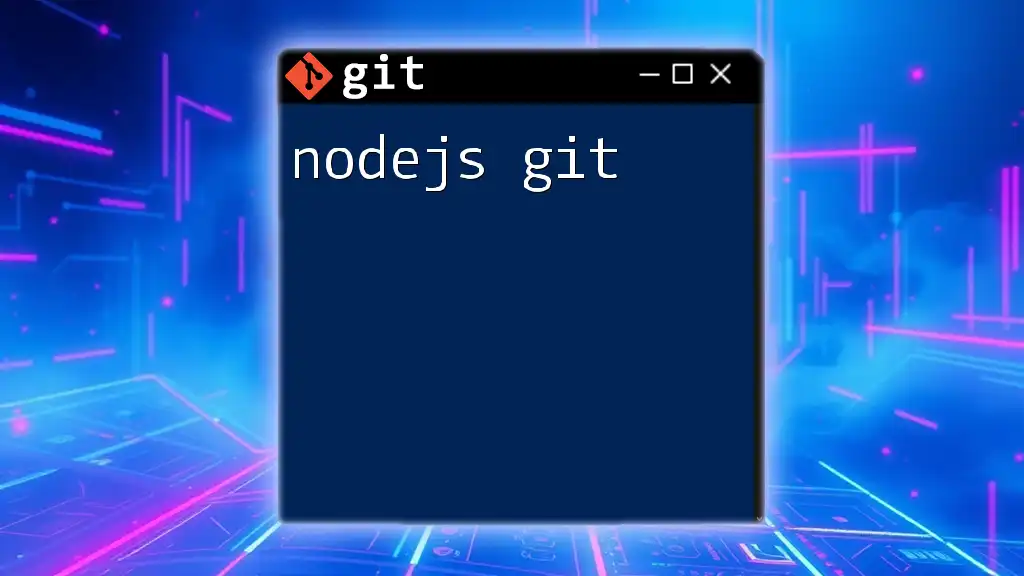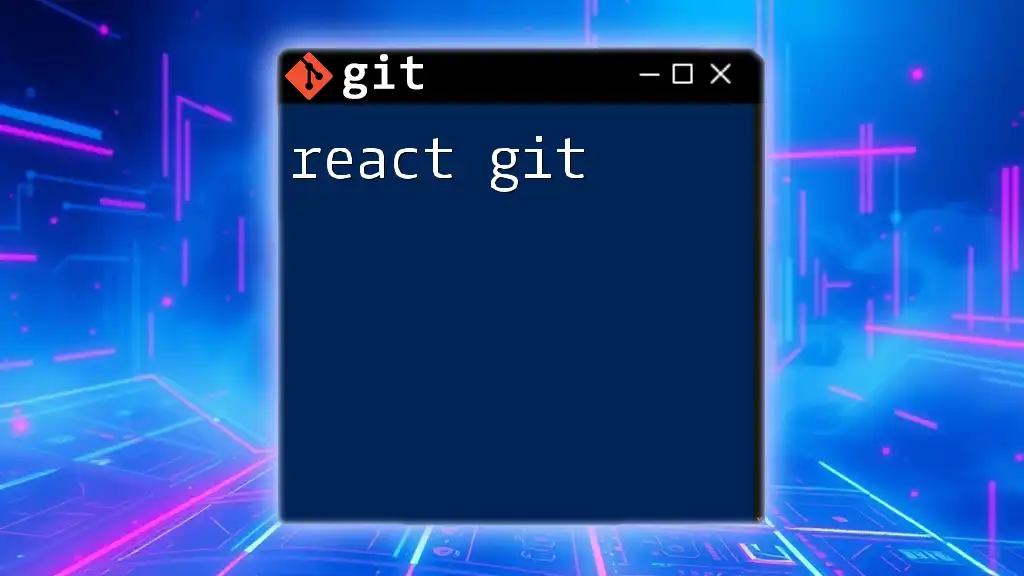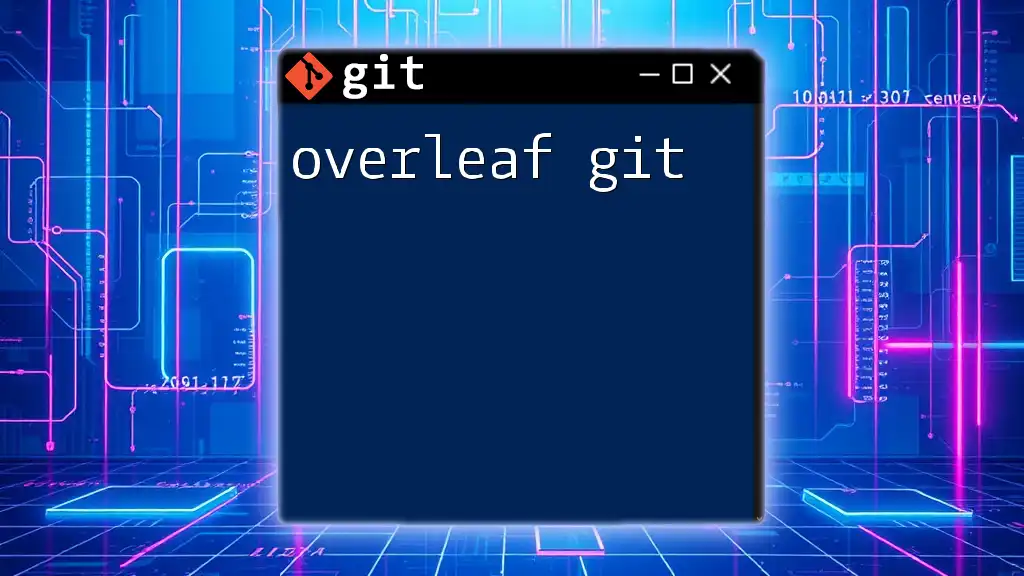The Odin Project Git curriculum provides learners with practical, hands-on experience in using Git commands effectively for version control in software development.
Here’s a basic example of initializing a new Git repository:
git init my-project
Getting Started with Git
What is Git?
Git is a distributed version control system that allows multiple users to collaborate on software development. Unlike centralized systems, Git provides each user with a complete copy of the repository, enabling them to work offline and track changes locally. This flexibility is essential in modern development, where teams may be distributed across multiple locations.
Installing Git
Installation on Different Operating Systems
To start using Git, you first need to install it on your machine. Here’s how you can do this for various operating systems:
-
Windows: Download the Git for Windows installer from [git-scm.com](https://git-scm.com). During installation, you can choose the default options, which are sufficient for most users.
-
MacOS: You can install Git using Homebrew by running:
brew install git -
Linux: Git can typically be installed through your package manager. For example, on Ubuntu, you can use:
sudo apt-get install git
Configuring Git for the First Time
Once installed, you need to configure Git with your user details. This ensures that your commits are properly attributed to you. You can set your username and email using the following commands:
git config --global user.name "Your Name"
git config --global user.email "your.email@example.com"
These settings will be applied to all your local repositories.

Understanding Git Basics
Creating a New Repository
A Git repository is a place where all the project files and their revision histories are stored. To create a new repository, follow these steps:
- Open your terminal and navigate to the directory where you want to create your project.
- Run the following commands to initialize a new repository:
git init my-project
cd my-project
After running these commands, a new directory named `my-project` will be created containing a `.git` folder where all version tracking information is stored.
Cloning an Existing Repository
If you want to contribute to an existing project, you can clone its repository. Cloning creates a local copy of the repository on your machine. Here’s an example of how to clone the Odin Project repository:
git clone https://github.com/TheOdinProject/curriculum.git
This command pulls down all the files, branches, and commit history, providing you with a full-fledged local copy of the project.
Basic Git Commands
A solid understanding of basic Git commands is essential for handling your version control needs.
- Checking Repository Status: Before making changes, it’s a good practice to check the status of your repository. You can do this with:
git status
This command provides information on which files are staged for commit, which are modified, and which files are untracked.
- Adding Changes: To stage changes for the next commit, use the `git add` command. For example, to stage a file named `file.txt`, run:
git add file.txt
- Committing Changes: After staging your changes, you can commit them. Commit messages are essential as they give context to your changes. Use the following command:
git commit -m "Initial commit"
- Viewing Commit History: To see the history of your commits, use:
git log
This command shows the list of commits along with their respective messages and author information.
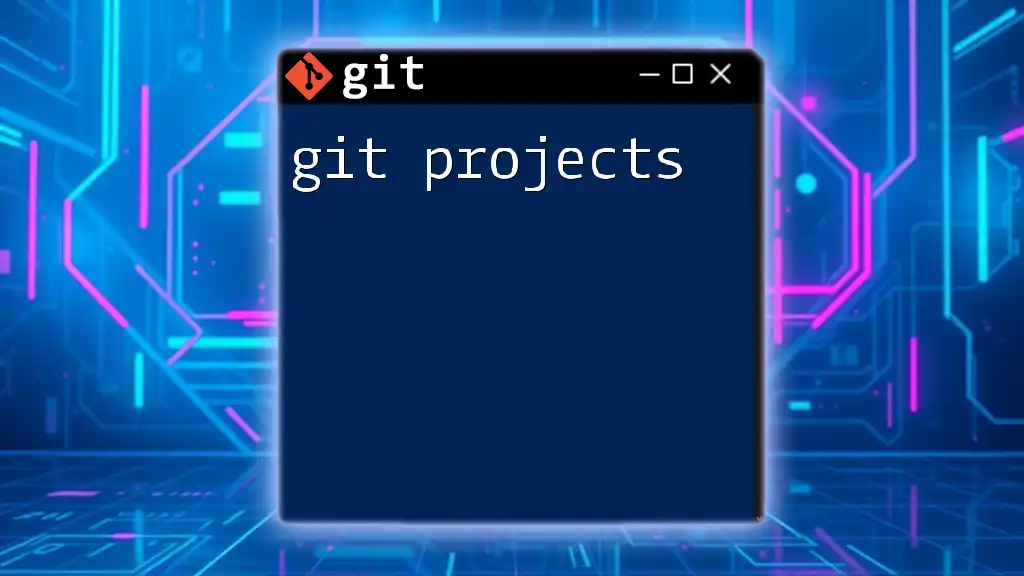
Working with Branches
Understanding Branches
Branches are fundamental to Git and allow you to work on multiple features simultaneously without affecting the main code base. By default, you begin on the `main` branch, where stable code resides.
Creating and Switching Branches
To start working on a new feature, you can create a branch. Use the following command to create and switch to a new branch:
git branch new-feature
git checkout new-feature
Alternatively, you can create and switch in one step with:
git checkout -b another-feature
Merging Branches
Once you are finished with development on your feature branch, you will want to merge it back into the main branch. First, switch back to the main branch:
git checkout main
Then, merge your feature branch:
git merge new-feature
If there are any conflicting changes, Git will alert you, and you'll need to manually resolve them before completing the merge.
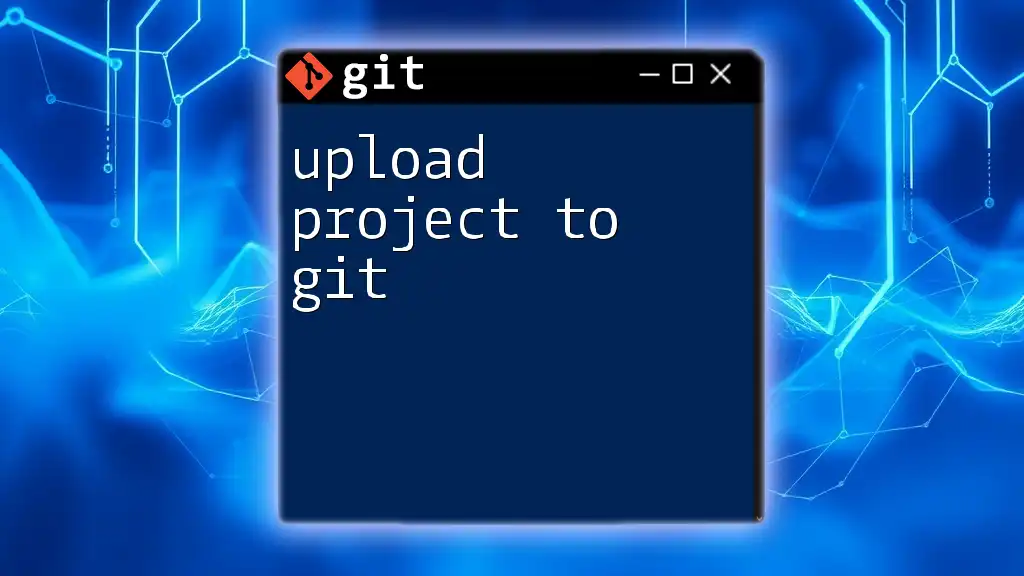
Collaborating with Others
Remote Repositories
Remote repositories are versions of your project that are hosted on the internet or another network. They allow multiple developers to collaborate more effectively.
Setting Up a Remote Repository
To connect your local repository with a remote one, you need to add a remote URL. This is typically done via:
git remote add origin https://github.com/yourusername/my-project.git
Pushing Changes to Remote
To share your local commits with others, you need to push your changes to the remote repository. This can be done using:
git push origin main
Keep in mind that if others have pushed changes to the remote since your last pull, you might need to pull those changes first and resolve any conflicts.
Pulling Changes from Remote
To keep your local repository updated with changes made by others, use the pull command:
git pull origin main
This command fetches and merges changes from the specified branch, ensuring your local copy is current.
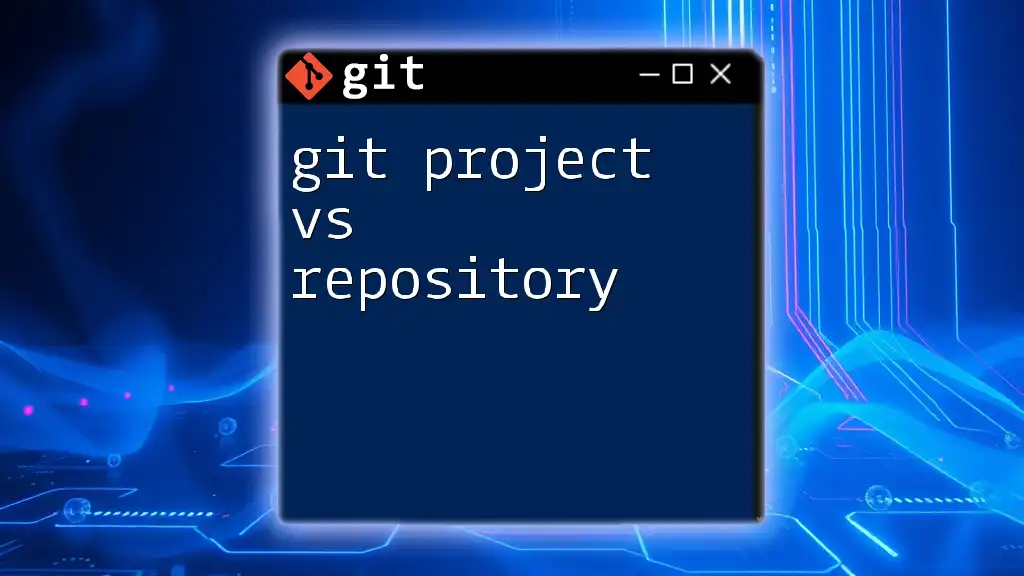
Best Practices for Using Git
Write Meaningful Commit Messages
Clear and descriptive commit messages are vital for maintaining a well-organized project history. Aim for messages that explain why a change was made, not just what was changed. Examples of good commit messages might include:
- "Fix bug in user login that caused a crash"
- "Add responsive design to the header component"
Keep Your Repository Organized
Maintaining an organized repository is crucial for collaborative development. Regularly clean up branches that are no longer needed and ensure you are not accumulating untracked files. Make effective use of a `.gitignore` file to exclude unnecessary files from being tracked. Here’s a basic example of a `.gitignore` file:
# Ignore Mac system files
.DS_Store
# Ignore node_modules directory
node_modules/
Learning Resources for Git
While the basics of Git are essential, there are countless resources to help you dive deeper into its capabilities. You can explore the official Git documentation, various online courses, or community forums for more guidance. Additionally, the Odin Project offers extensive materials on Git that can enhance your learning experience.
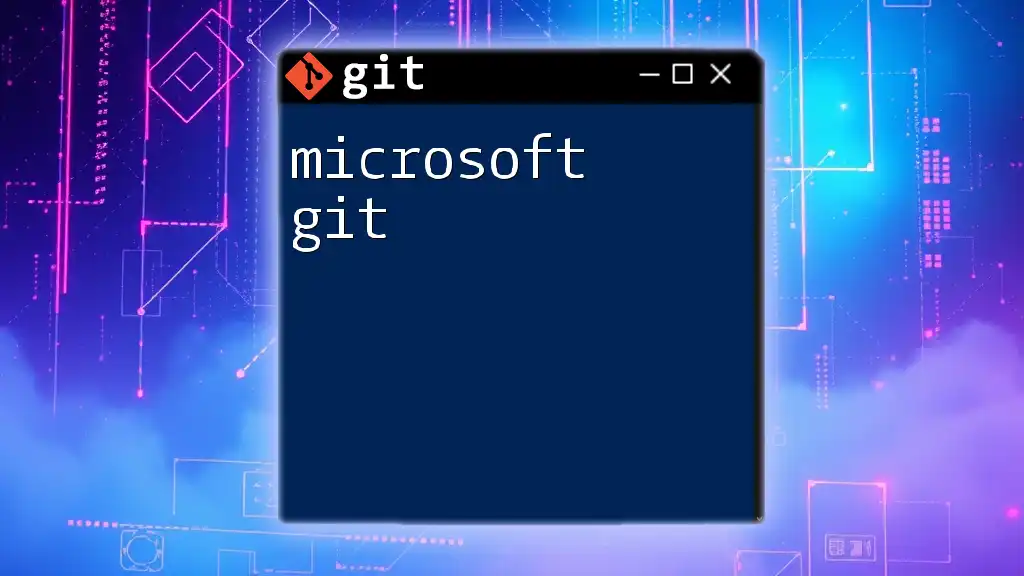
Conclusion
In this guide, you’ve learned about the essential aspects of using Git in the context of the Odin Project. From installing and configuring Git to managing branches and collaborating with others, you now have a robust overview of Git functionalities. With practice and continuous use, Git will become a powerful ally in your software development journey.
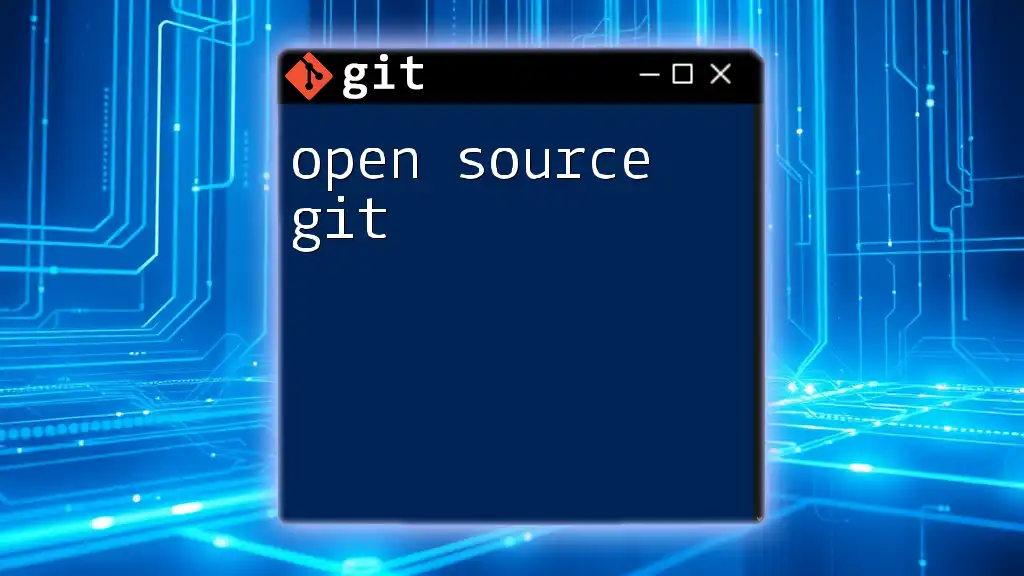
Call to Action
To enhance your learning, dive into the Odin Project and apply these Git concepts in real-world projects. Remember, the best way to master Git is through hands-on experience! Join community forums, ask questions, and collaborate with others to expand your skills.

